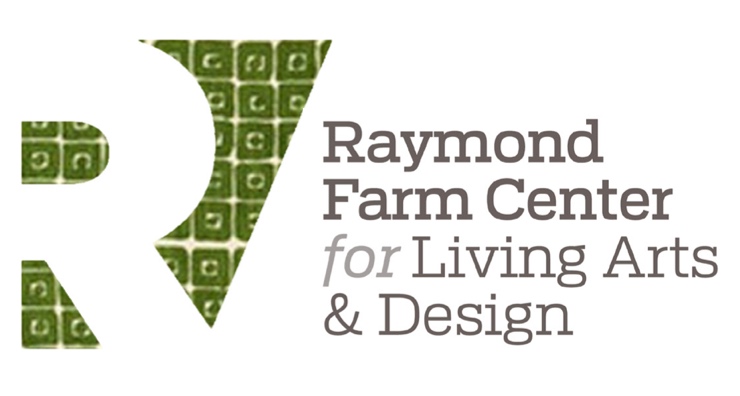Noémi & Antonin Raymond
Noémi and Antonin Raymond in their Tokyo office, late 1960s.
Antonin Raymond was a Czech-American architect who lived and worked in New York City, Tokyo, Japan, and New Hope, PA, from the 1910s through the mid-1970s. As an artist, decorated intelligence officer in the First World War, diplomat, farmer, and architect, Antonin had perhaps one of the most incredible life stories for any architect of the 20th century. As a young architect he worked on some the of most extraordinary buildings of the first quarter of that century, including Cass Gilbert’s Woolworth Building in New York City and Frank Lloyd Wright’s Imperial Hotel in Tokyo. Antonin and his wife and creative partner Noémi Pernessin would go on to introduce modern architecture and design to Japan and India, creating over 300 built works over their 50 year practice.
Noémi Pernessin Raymond has a no less remarkable story. She was born in Cannes, France and raised in New York, where she attended the famous Horace Mann School in Morningside Heights. Noémi went on to graduate from Columbia University, where she studied under John Dewey and Arthur Wesley Dow, who were instrumental in her introduction to Japanese art and design. She then completed her education in Paris, studying painting at the Académie de la Grande Chaumière. Noémi later returned to New York to place herself within the center of its avant garde art circle, and to set up her own successful graphic and illustration studio.
It was through Noémi’s connections in the art world that Antonin eventually landed a position with Frank Lloyd Wright, and Noémi herself later worked for the architectural master on projects such as Taliesen II and decorative designs for the Imperial Hotel. As a painter, sculptor, illustrator, and award winning textile and rug designer, she would work in virtually every art and craft media, including iron work, silverware, glass, and ceramics. In collaboration with Antonin, Noémi led the design of all Raymond interiors at all scales in the Raymond office of the post-war period. It was here that she designed some of the most aesthetically advanced furniture of the mid-twentieth century, her fresh design sensibility foreshadowing the Scandinavian-vernacular hybrid style that would later be embraced by her contemporaries. Noémi's work is found in museum collections internationally.
Both Antonin and Noémi Raymond worked on Frank Lloyd Wright’s Imperial Hotel project in Tokyo in the early 1920s, Antonin as its project architect, and Noémi on its decorative art design elements.
After their tenure under Wright, Noémi and Antonin set up their own architectural offices in Japan in 1922, where they would live and practice for next 18 years. Their practice flourished; they built residences, embassies, clubs, universities, churches, schools, and factories. During these years, their work quickly evolved from its Wrightian origins through a period abstraction and of material experimentation in concrete, paralleling the European modernists’ work of August Perret and Robert Mallet-Stevens. By the late 1920s and early 1930s they had perhaps the most avant grade practice in Asia as proponents of the then just emerging International Style. However, they quickly understood the limits of strict Modernist Functionalism as evangelized by Walter Gropius and the Bauhaus and the Purism of Le Corbusier. By the late 1930’s, they evolved their own unique fusion of modernism and vernacular architecture that would portent the Regional Modernism in America and Scandinavia of the 1940s, 50s and 60s. Additionally, the Raymonds were instrumental in George Nakashima’s career as both an architect and one of the premier furniture makers of the 20th century. In 1936, with George Nakashima as project architect, the Raymonds built the remarkable Golconda Ashram in Pondicherry, the first work of Modern Architecture in India and a harbinger of the New Brutalism that had yet to come in the 1950s through the 1970s.
By 1938, with war looming both in Europe and in Asia, the Raymonds decided to return the United States, first in New York, and then later to a farm in New Hope, Pennsylvania. The farm and studio was to be a working/teaching atelier, similar to that of Frank Lloyd Wright’s Taliesin Fellowship, where apprentices would board and learn by working in the studio, as well as help with the farm itself. It was not just a school nor a professional office, but a way of life. They called it the New Hope Experiment.
After the war, the Raymonds reopened their Tokyo offices in 1947 to assist with the rebuilding of Japan. They would live and practice both in the United States and Japan for next 25 years, marking the most productive period of remarkable their careers. The Raymonds Readers Digest Tokyo Office Building of 1951 is widely recognized one the most seminal buildings in history of modern Japanese architecture.
Today, Antonin Raymond is known in Japan as the “Father of Modern Architecture,” and Noémi Pernessin Raymond is recognized by the Museum of Modern Art in the pantheon of great women designers of the 20th century, alongside the likes of Eileen Gray, Charlotte Perriand, Lilly Reich, Aino Aalto, Anni Albers, and Loja Saarinen. The work and lives Noémi and Antonin Raymond stand among the great design collaborations of the 20th century.
